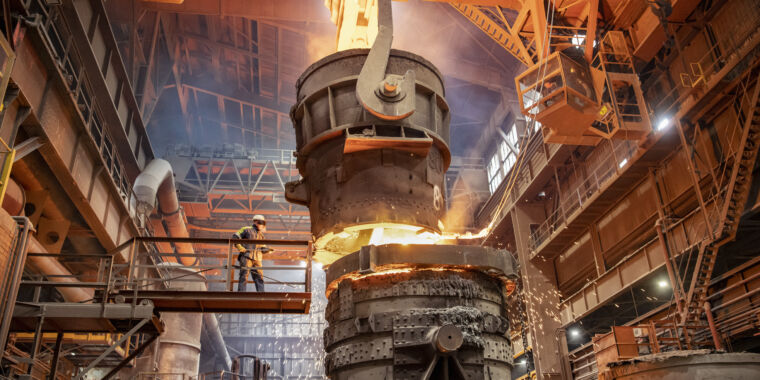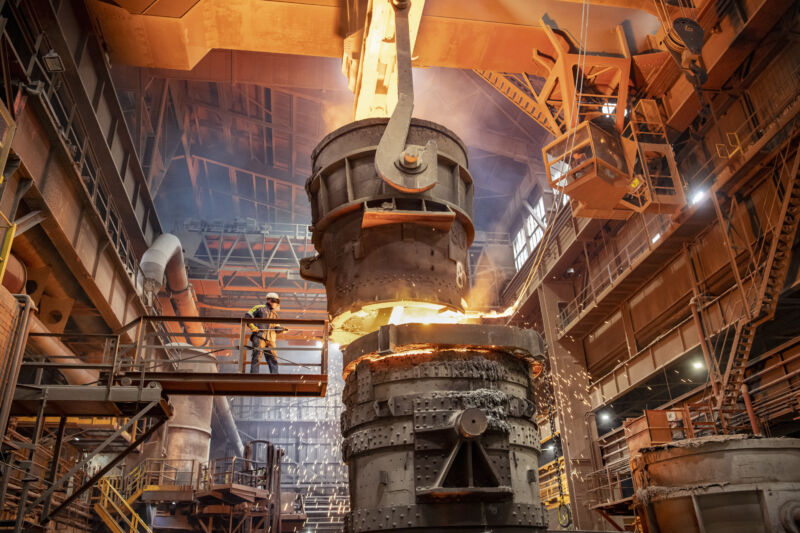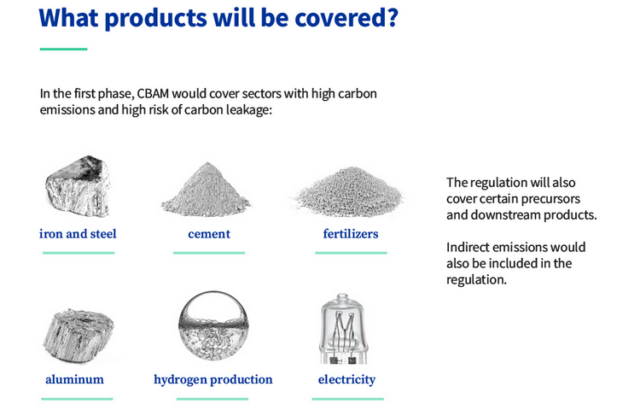Facebook, Instagram may cut fees by nearly 50% in scramble for DMA compliance

Meta is considering cutting monthly subscription fees for Facebook and Instagram users in the European Union nearly in half to comply with the Digital Market Act (DMA), Reuters reported.
During a day-long public workshop on Meta’s DMA compliance, Meta’s competition and regulatory director, Tim Lamb, told the European Commission (EC) that individual subscriber fees could be slashed from 9.99 euros to 5.99 euros. Meta is hoping that reducing fees will help to speed up the EC’s process for resolving Meta’s compliance issues. If Meta’s offer is accepted, any additional accounts would then cost 4 euros instead of 6 euros.
Lamb said that these prices are “by far the lowest end of the range that any reasonable person should be paying for services of these quality,” calling it a “serious offer.”
The DMA requires that Meta’s users of Facebook, Instagram, Facebook Messenger, and Facebook Marketplace “freely” give consent to share data used for ad targeting without losing access to the platform if they’d prefer not to share data. That means services must provide an acceptable alternative for users who don’t consent to data sharing.
“Gatekeepers should enable end users to freely choose to opt-in to such data processing and sign-in practices by offering a less personalized but equivalent alternative, and without making the use of the core platform service or certain functionalities thereof conditional upon the end user’s consent,” the DMA says.
Designated gatekeepers like Meta have debated what it means for a user to “freely” give consent, suggesting that offering a paid subscription for users who decline to share data would be one route for Meta to continue offering high-quality services without routinely hoovering up data on all its users.
But EU privacy advocates like NOYB have protested Meta’s plan to offer a subscription model instead of consenting to data sharing, calling it a “pay or OK model” that forces Meta users who cannot pay the fee to consent to invasive data sharing they would otherwise decline. In a statement shared with Ars, NOYB chair Max Schrems said that even if Meta reduced its fees to 1.99 euros, it would be forcing consent from 99.9 percent of users.
“We know from all research that even a fee of just 1.99 euros or less leads to a shift in consent from 3–10 percent that genuinely want advertisement to 99.9 percent that still click yes,” Schrems said.
In the EU, the General Data Protection Regulation (GDPR) “requires that consent must be ‘freely’ given,” Schrems said. “In reality, it is not about the amount of money—it is about the ‘pay or OK’ approach as a whole. The entire purpose of ‘pay or OK’, is to get users to click on OK, even if this is not their free and genuine choice. We do not think the mere change of the amount makes this approach legal.”
Where EU stands on subscription models
Meta expects that a subscription model is a legal alternative under the DMA. The tech giant said it was launching EU subscriptions last November after the Court of Justice of the European Union (CJEU) “endorsed the subscriptions model as a way for people to consent to data processing for personalized advertising.”
It’s unclear how popular the subscriptions have been at the current higher cost. Right now in the EU, monthly Facebook and Instagram subscriptions cost 9.99 euros per month on the web or 12.99 euros per month on iOS and Android, with additional fees of 6 euros per month on the web and 8 euros per month on iOS and Android for each additional account. Meta declined to comment on how many EU users have subscribed, noting to Ars that it has no obligation to do so.
In the CJEU case, the court was reviewing Meta’s GDPR compliance, which Schrems noted is less strict than the DMA. The CJEU specifically said that under the GDPR, “users must be free to refuse individually”—”in the context of” signing up for services— “to give their consent to particular data processing operations not necessary” for Meta to provide such services “without being obliged to refrain entirely from using the service.”
Facebook, Instagram may cut fees by nearly 50% in scramble for DMA compliance Read More »























